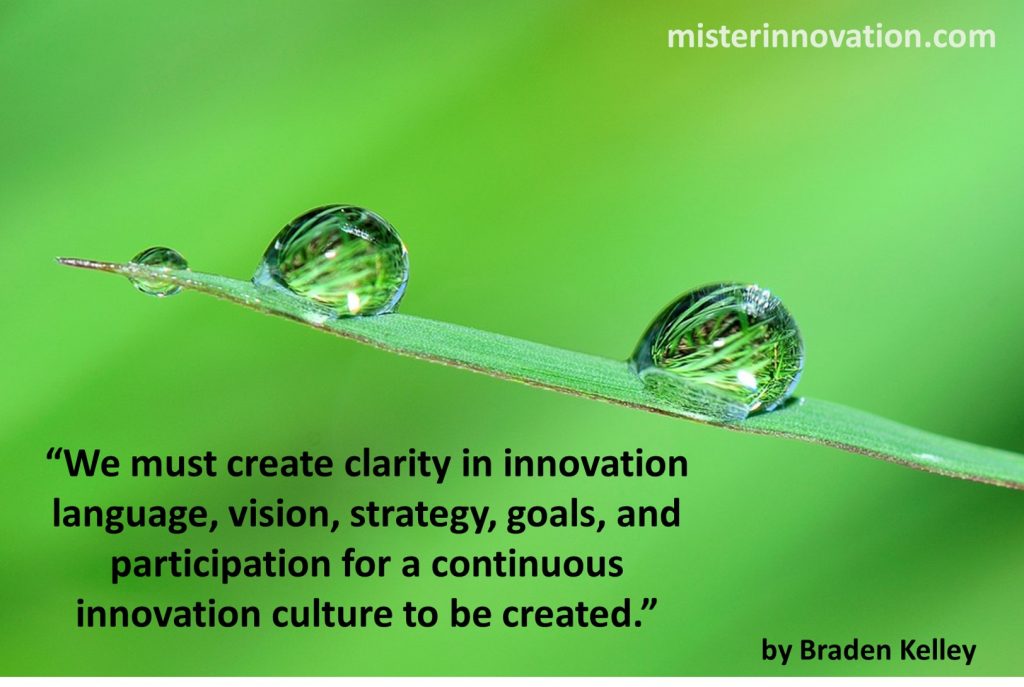
GUEST POST from Mike Shipulski
When people look back on your life, what will they see?
When you’re dead and gone, what stories will your kids tell about you?
What stories will your coworkers tell?
How about your bosses?
Will they see your disagreement as mischievous or skillful?
Will they see your frustration as disruptive or caring?
Will they see your vehemence as disrespectful or passionate?
Will they see your divergent views as contrarian or well-intentioned?
Will they see your withholding as passive-aggressive or as the result of exhausting all other possibilities?
Will they see your tears as sadness for yourself or the company you care about deeply?
Will they see your “no’s” as curmudgeonly given or brave?
Will they see your dissent as destructive or constructive?
Will they see your frustration as immaturity or as others falling short of your high expectations?
Will they see your unpopular perspective as troublemaking or as the antidote to groupthink?
Will they see your positivity as fake or as the support that everyone needs to do their best work?
Here’s the thing: What matters is not what it looks like from the outside, but your intentions.
And another thing: Anyone that knows you knows your intentions.
Now, go out and do what you think is right. And do it like you mean it. And don’t look back.
And here’s a mantra: What people think about you is none of your business.
Image credit: Unsplash
![]() Sign up here to join 17,000+ leaders getting Human-Centered Change & Innovation Weekly delivered to their inbox every week.
Sign up here to join 17,000+ leaders getting Human-Centered Change & Innovation Weekly delivered to their inbox every week.








